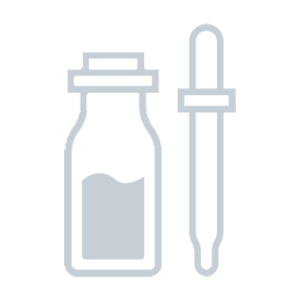Comparison between WishCare Invisible Gel Sunscreen SPF 50+ PA++++ vs. Aqualogica Hydrate Dewy Sunscreen
- 24 components -
- 40 components -
Find out which product is better for your skin.
Ingredients in both products 7
Components only in WishCare Invisible Gel Sunscreen SPF 50+ PA++++ 17
Propylene Glycol, Octocrylene, Octyl Salicylate, Squalane, C12-15 Alkyl Benzoate and 12 more. Show all.
Uniqueness: 70.8%
Components only in Aqualogica Hydrate Dewy Sunscreen 31
Suncat De, Ethylhexyl Methoxycinnamate, Avobenzone, Benzophenone-3, Phospholipids and 26 more. Show all.
Uniqueness: 77.5%
Face to Face
Components position by position
1
Water
1
Water
2
Propylene Glycol
2
Titanium Dioxide
3
Octocrylene
3
Suncat De
4
Octyl Salicylate
4
Water
5
Squalane
5
Ethylhexyl Methoxycinnamate
6
Glycerin
6
Avobenzone
7
C12-15 Alkyl Benzoate
7
Benzophenone-3
8
Tinosorb-M
8
Phospholipids
Show others
Positive Effects
Find out what good effects the product has
Both products provide the following effects: , UV Protection, Moisturizing, Softening, Soothing, Anti-aging, Rejuvenation, Antifungal, Antiseptic, Hair structure improvement, Hair gloss
Effects unique for Invisible Gel Sunscreen SPF 50+ PA++++:
Antioxidant, Cleansing, Acne fighting, Nutrifying, Anticellulite, Antiviral, Tones up skin, Hair strengtheningEffects unique for Hydrate Dewy Sunscreen:
Pore Shrinking, Lightening, Healing, Regeneration, Anti dandruff-- Show more --
ECO Metrics
Find out how eco-friendly the components are
Vegan
No
No
Cruelty free
No
No
Reef safe
Yes
Yes
Ozone layer safe
Yes
Yes
Organic score
natural
8 out of 24
33%
chemical
10 out of 24
42%
natural
9 out of 40
23%
chemical
15 out of 40
38%
Concerns
Pay attention to this information
-- Extra information --
Components by Skin Type
Find out what components are good or bad for your skin type
Dry skin
Positive: 2Negative: 0
Propylene Glycol#2Glycerin#6
Oily skin
Positive: 2Negative: 0
Zinc Oxide#17Camellia Sinensis (Green Tea) Leaf Extract#22
Sensitive skin
Positive: 2Negative: 0
Zinc Oxide#17Titanium Dioxide#18
Dry skin
Positive: 6Negative: 0
Phospholipids#8Phospholipids#15Glycerin#19Phospholipids#22Sodium Lactate#33Allantoin#39
Oily skin
Positive: 2Negative: 1
Zinc Oxide#20Allantoin#39Glyceryl Stearate SE#24
Sensitive skin
Positive: 3Negative: 0
Titanium Dioxide#2Zinc Oxide#20Allantoin#39

